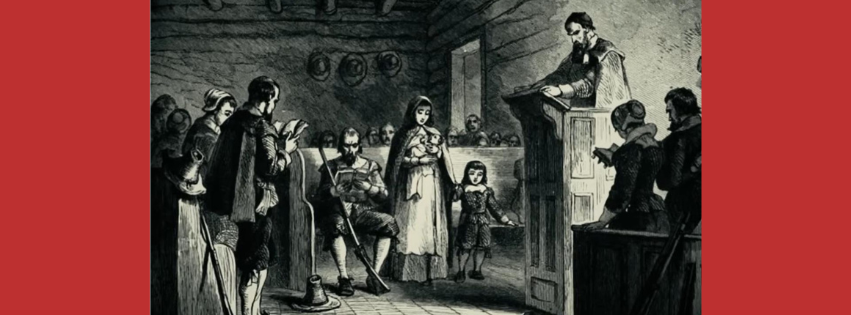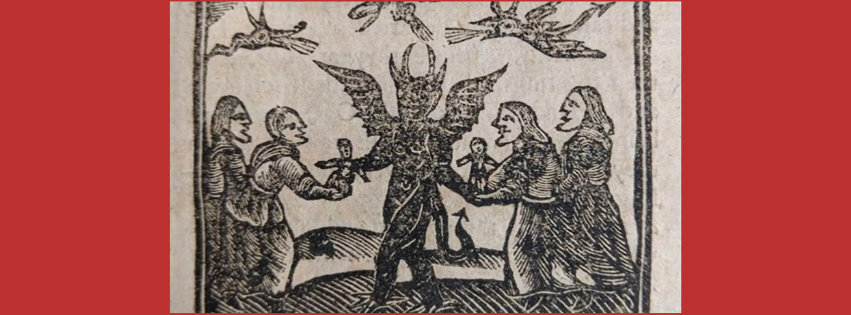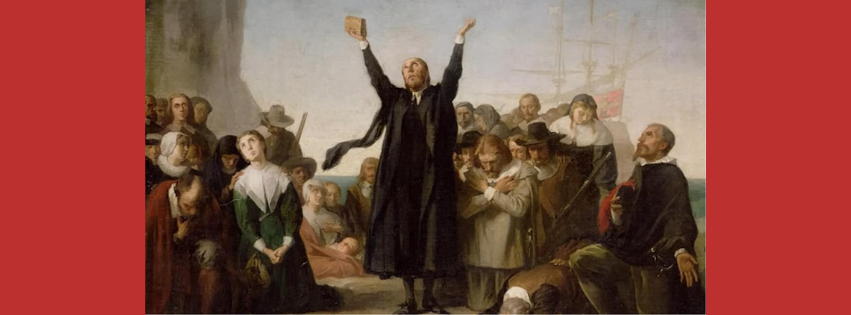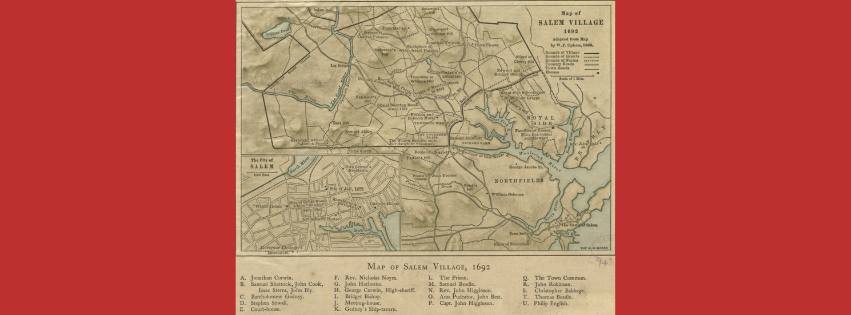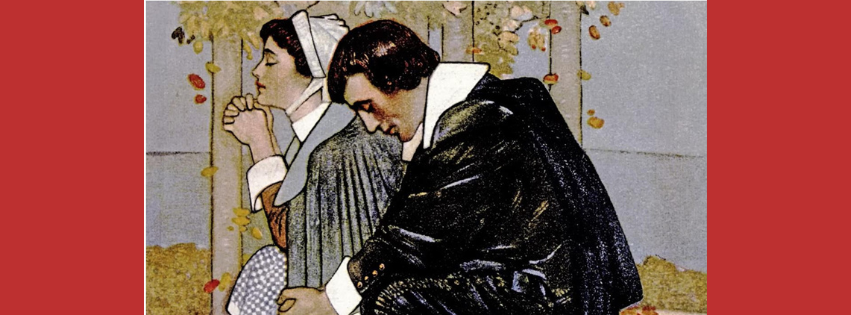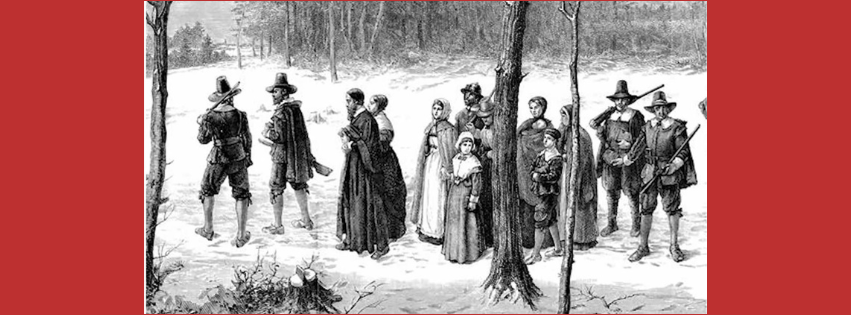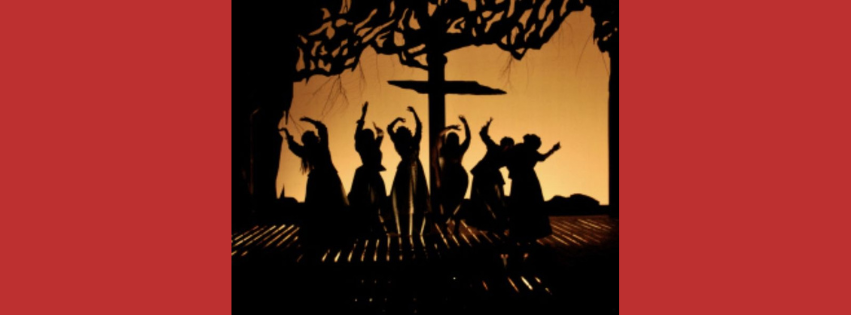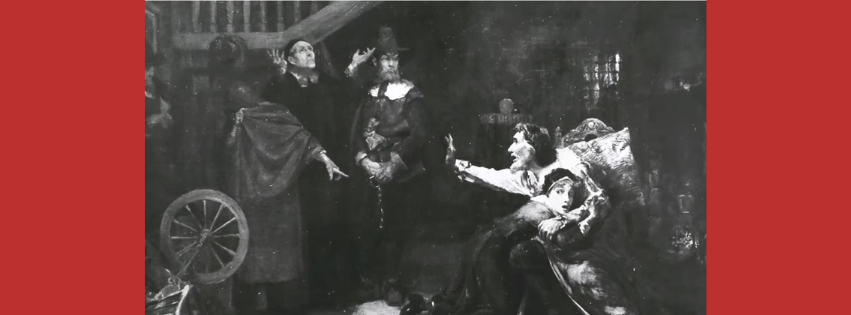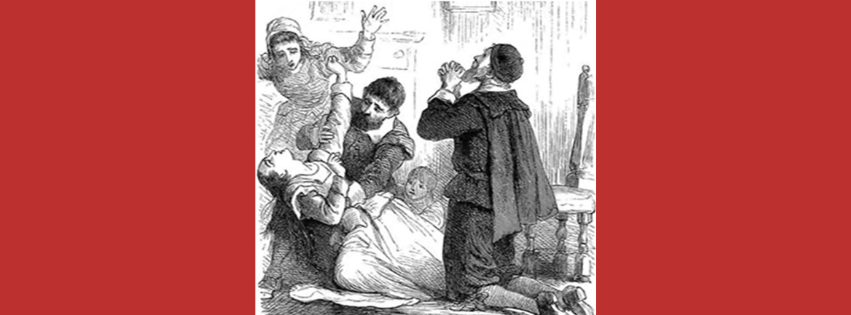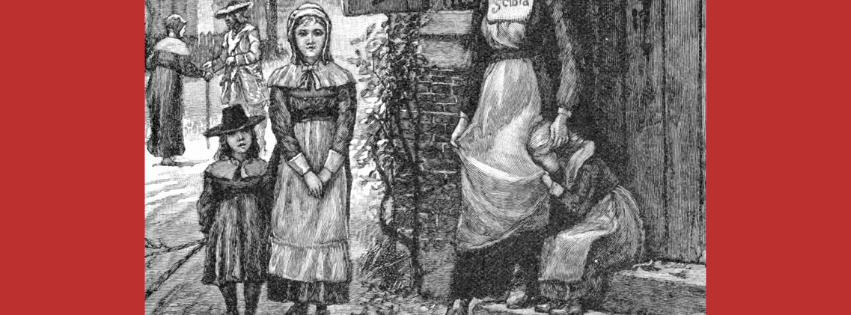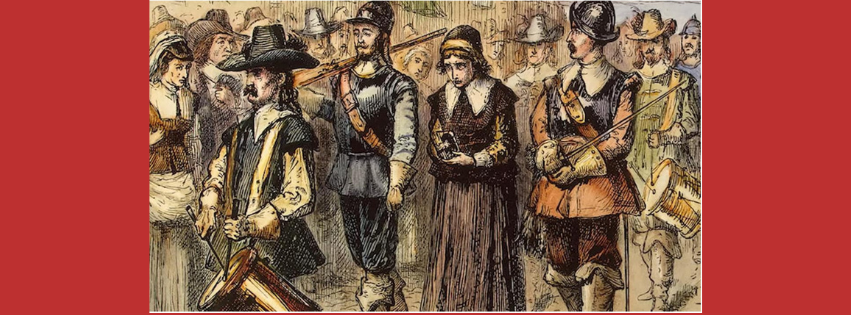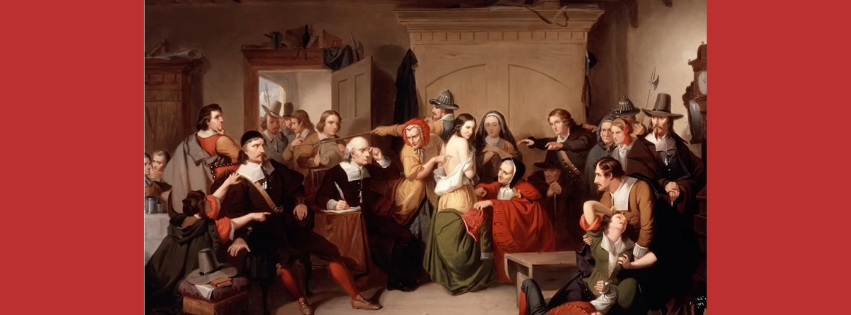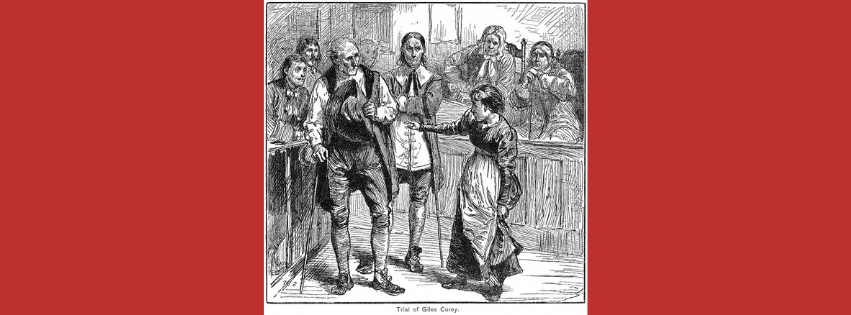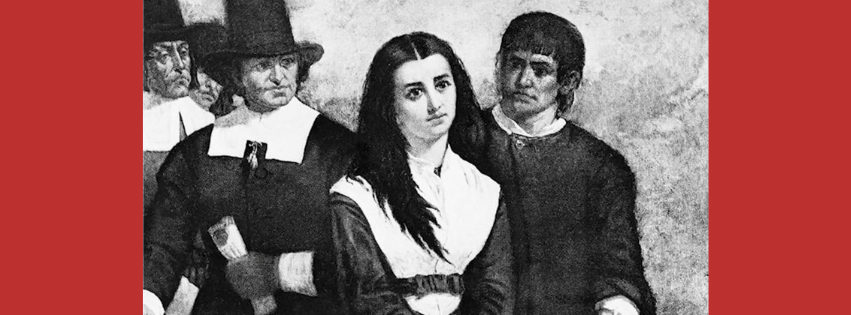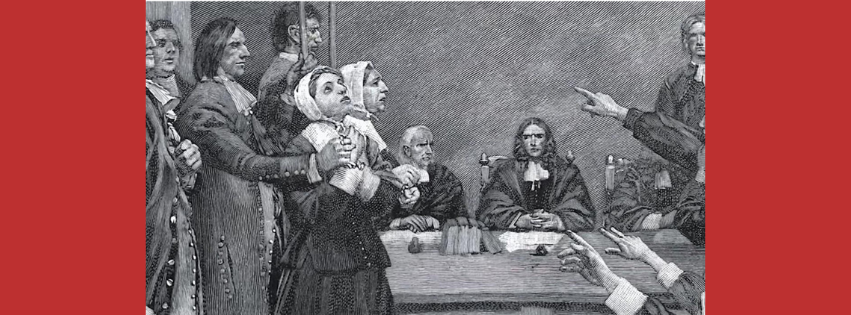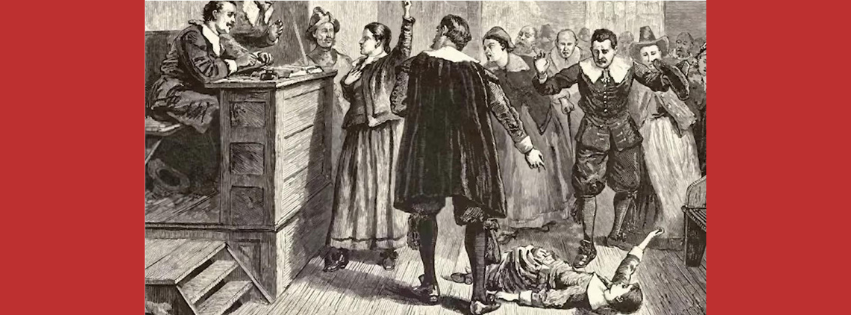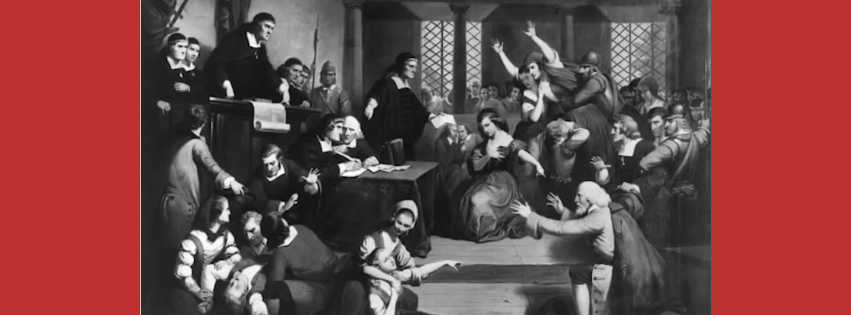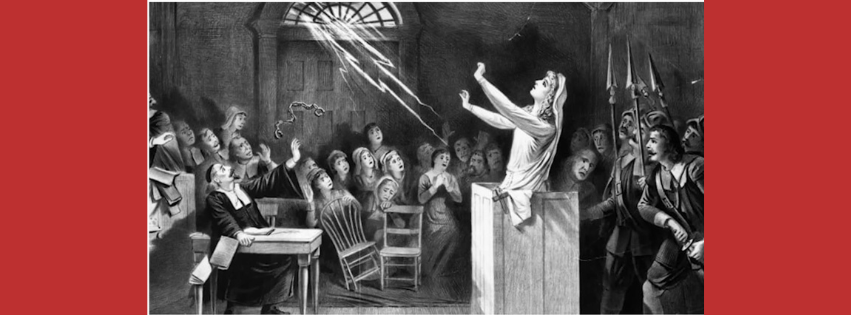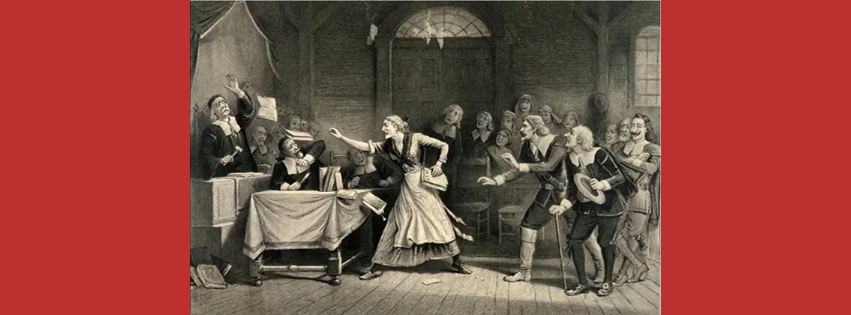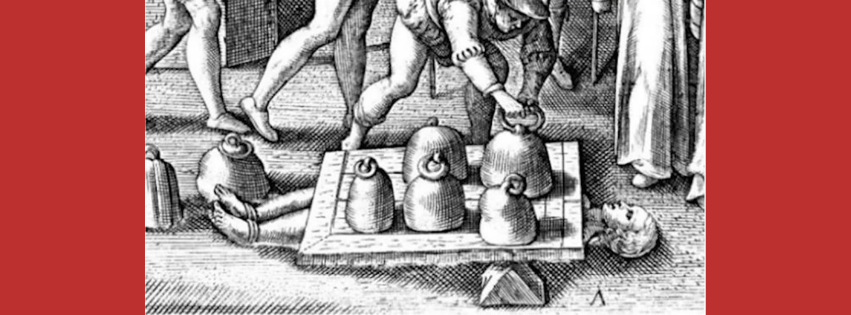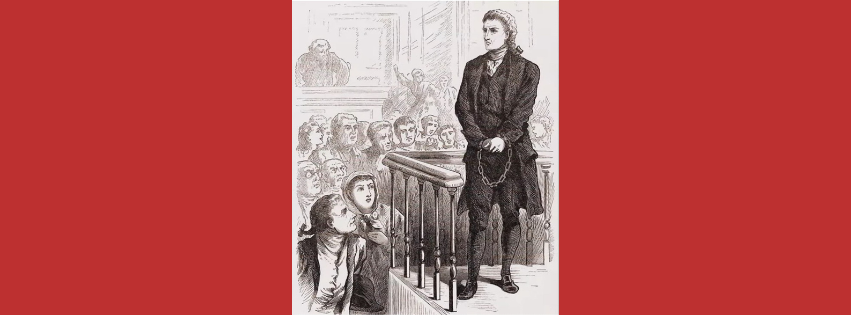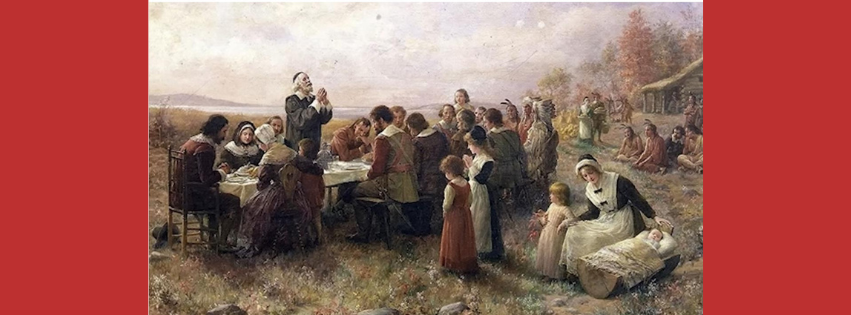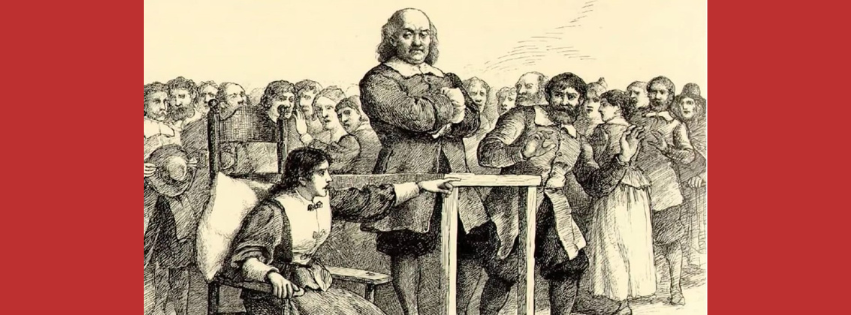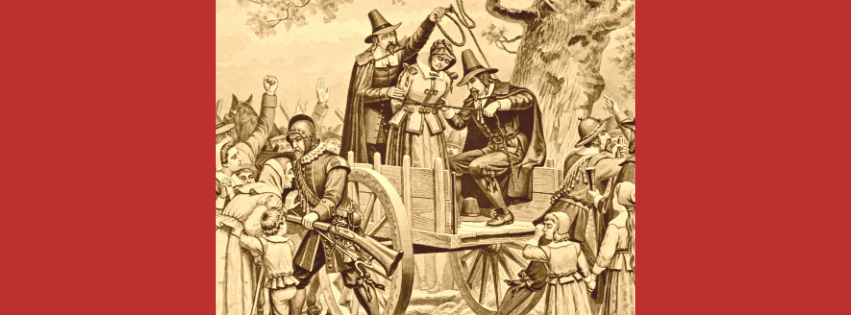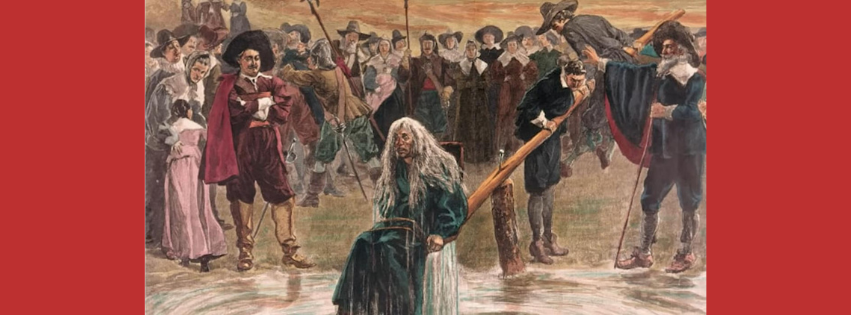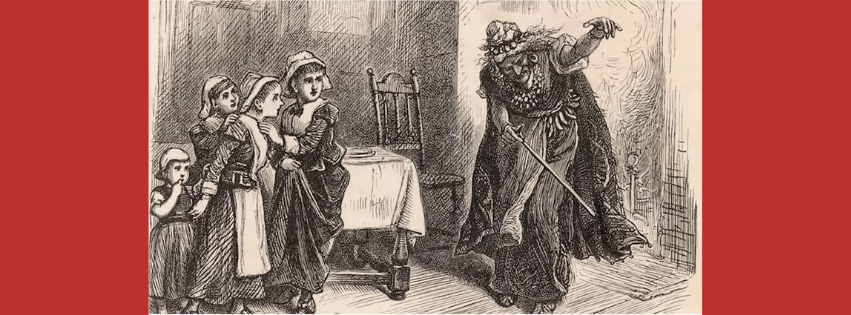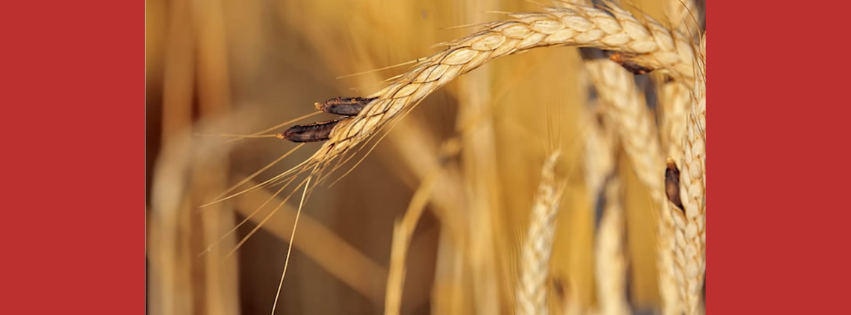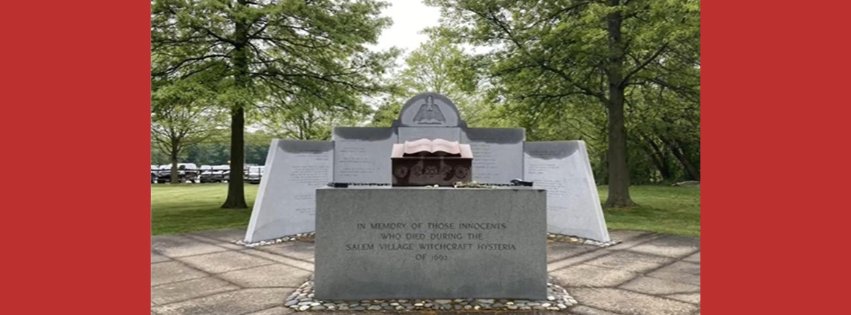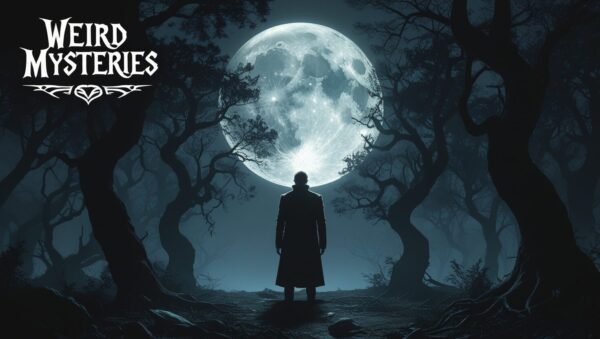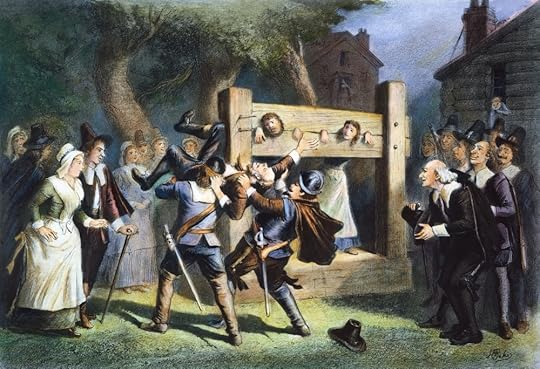
Introduction: A Town on the Brink
In the frigid winds of 1692, the small Puritan village of Salem, Massachusetts, descended into a frenzy that would leave a permanent scar on American history. The Salem Witch Trials weren’t just a tragic tale of paranoia — they were a collision of religion, fear, and societal breakdown, where suspicion overruled justice and the unseen became more dangerous than the seen.
What unfolded over a few chilling months claimed the lives of 20 people, devastated countless families, and sparked a legacy that continues to haunt the modern imagination. But what really happened in Salem? What led neighbors to accuse neighbors? How did a handful of teenage girls ignite a wildfire of executions?
Let’s dive deep into the dark heart of Puritan America, where witches weren’t fantasy — they were a fatal accusation.
🌑 The World of Salem: Puritans and the Fear of the Devil
The Puritans of New England lived with a deep-rooted fear of the Devil, believing he constantly prowled to tempt, possess, or destroy. Every misfortune — from a failed crop to a sudden illness — could be interpreted as witchcraft. This worldview was reinforced by sermons, folk stories, and even judicial precedence, as earlier witch trials had occurred in Europe and in other parts of New England.
Salem Village was also experiencing a crisis of identity. There were internal disputes about religious leadership, taxation, land rights, and family feuds. The villagers were split into factions supporting or opposing Reverend Samuel Parris, the new minister whose rigid doctrine and divisive style increased community tensions.
Unknown to many, the area had suffered from repeated attacks by Native Americans on frontier settlements. Some of the afflicted girls had relatives who had been killed or kidnapped in these conflicts. The trauma of these events may have psychologically contributed to the fear of “invisible enemies.”
👻 It All Began With Strange Fits…
In January 1692, Betty Parris (age 9) and Abigail Williams (age 11), began experiencing violent fits, screams, contortions, and trance-like states. A local doctor, William Griggs, declared the girls were under an “evil hand.” What is less commonly known is that their symptoms mimicked those seen in previous outbreaks of “bewitchment” in Boston (1688), particularly in the Goodwin family, which Cotton Mather had chronicled.
When questioned, the girls blamed three women: Tituba, a Caribbean slave in the Parris household; Sarah Good, a homeless beggar; and Sarah Osborne, an elderly woman who had not attended church regularly. These women were outsiders by social standards — an enslaved person, a poor woman, and a sickly nonconformist — and thus easy scapegoats.
🔥 Accusation Becomes Epidemic
Tituba’s confession shocked the community. Under duress (and likely abuse), she claimed the Devil came to her in many forms — a hog, a dog, a black man, and more. She even described a book where she saw the names of other witches. Historians believe this may have been influenced by her cultural background in Afro-Caribbean spirituality.
Her confession, along with the theatrical behaviors of the afflicted girls, created a snowball effect. Soon, accusations spread beyond Salem Village into neighboring towns like Andover and Topsfield. Over 200 people were accused. Some confessed to avoid execution, while others were implicated through the “touch test,” spectral evidence, or alleged witch marks.
⚖️ The Court of Oyer and Terminer: Where Reason Died
In May 1692, a special court was created by Governor William Phips to try the accused. This Court of Oyer and Terminer allowed spectral evidence, meaning testimony that the spirit or specter of the accused was seen afflicting the victim. This was a legal and theological nightmare.
Of the many chilling aspects of these trials, one that remains lesser known is that several jurors initially refused to convict — but were dismissed or silenced. In some cases, accusers were permitted to interrupt proceedings with shrieks and seizures, swaying the judgment of onlookers.
Giles Corey, who refused to plead, was subjected to “peine forte et dure” — pressed to death under heavy stones. His final words were reportedly “More weight.”
💔 The Aftermath: Guilt, Regret, and Legacy
By October 1692, public opinion began to turn. Governor Phips halted the trials and disbanded the court. In 1693, the remaining accused were freed. But the damage was irreversible.
A lesser-known detail is that some children, like Dorothy Good (age 4), were jailed in horrific conditions, leading to long-term mental damage. In 1711, Massachusetts offered financial restitution to some families, but not all victims were named in the pardon.
In 1706, Ann Putnam Jr., one of the original accusers, made a rare public apology, stating, “It was a great delusion of Satan that deceived me.”
🧠 Psychological and Social Explanations
Modern scholars suggest multiple causes:
- Ergotism: Hallucinations caused by consuming ergot-infected rye.
- Conversion disorder: Mass psychosomatic illness.
- Puritan repression: Young women had no outlet for expression or rebellion.
- Land disputes: Many accusers later inherited property from executed neighbors.
- Gender bias: Most accused were women, especially those challenging gender norms.
🗺️ The Salem Witch Trials: A Haunting Mirror
Today, Salem is a tourist destination, but it stands as a dark reflection of what happens when fear overrides reason. It reminds us that justice must never bow to hysteria and that the human cost of scapegoating is eternal.
50 Unique and Frequently Asked Questions (FAQs) about the Salem Witch Trials
- What was the primary cause of the Salem Witch Trials? The primary cause was a combination of religious extremism, fear of the Devil, and personal vendettas within the community.
- Why were women targeted during the Salem Witch Trials? Women, especially those who were social outcasts, elderly, or unmarried, were more vulnerable to accusations due to the belief that women were more susceptible to demonic influence.
- How did the first accusations of witchcraft in Salem begin? The first accusations began when a group of young girls in Salem Village started exhibiting strange behavior, which was later attributed to witchcraft.
- Were any men accused during the Salem Witch Trials? Yes, several men were accused, although the majority of those executed were women.
- How many people were executed during the Salem Witch Trials? A total of 20 people were executed, 14 of whom were women.
- What role did Reverend Samuel Parris play in the trials? Reverend Parris’ daughter and niece were among the first to accuse others of witchcraft, which played a pivotal role in escalating the trials.
- Was there any evidence used during the trials? The evidence used in the trials was often flimsy, such as spectral evidence, which was based on visions or dreams rather than tangible proof.
- What was spectral evidence? Spectral evidence referred to the testimony of witnesses who claimed to have seen the spirits or specters of the accused tormenting them.
- How many people were accused of witchcraft? Over 200 people were accused of witchcraft during the trials.
- Did any of the accused confess to being witches? Some accused individuals did confess to witchcraft under pressure, though many later recanted their confessions.
- Who was the first person accused of witchcraft? The first person accused was Tituba, a slave from Barbados who worked in the Parris household.
- How did the trials end? The trials ended after the public outcry and intervention by Governor William Phips, who halted the proceedings.
- Why did Governor Phips intervene in the trials? Governor Phips intervened after his wife was accused, and he began to question the legitimacy of the trials.
- How did the Puritans justify the executions of the accused? Puritans believed that executing witches was necessary to protect their community from the influence of Satan.
- Was there a role for the media during the Salem Witch Trials? While there wasn’t a modern media presence, pamphlets and sermons circulated, often inflaming tensions.
- Were the Salem Witch Trials influenced by previous witch hunts in Europe? Yes, the Salem Witch Trials were influenced by European witch hunts, particularly the European belief in witchcraft as a form of heresy.
- What was the role of the community in the witch trials? The community played a central role by spreading accusations and supporting the trials.
- Why did the trials target people with social power? Those with social influence or property often became targets of accusations due to personal grievances or competition over land and resources.
- Was the Salem Witch Trials part of a larger religious conflict? The trials were influenced by the larger religious context of Puritanism, which was characterized by strict beliefs and intolerance for dissent.
- How did the Salem Witch Trials influence American law? The trials highlighted the dangers of relying on superstition in legal proceedings, leading to reforms in judicial practices.
- What happened to the families of those executed? Many families were left with little to no means of support after the executions of their loved ones.
- Did the accused witches ever get justice? After the trials ended, some families received compensation, but many of the accused were never fully vindicated.
- How has the Salem Witch Trials been portrayed in popular culture? The trials have been portrayed in various works of literature, movies, and plays, often as a cautionary tale about mass hysteria.
- What were some of the common accusations against the accused? Common accusations included using witchcraft to harm others, causing illness, or making unnatural pacts with the Devil.
- Why did some people confess to witchcraft? Many confessed to avoid execution, as confessing often led to imprisonment rather than death.
- Was there a connection between the Salem Witch Trials and the witch craze in Europe? Yes, the Salem Witch Trials were influenced by similar witch hunts in Europe, particularly in terms of the religious fervor and superstition involved.
- How did the Puritans view the role of women in society? Women were expected to be subservient and were often blamed for moral and spiritual failings in society.
- What was the role of the church in the trials? The church played a central role in the trials, with ministers often serving as judges or witnesses.
- What was the psychological impact of the trials on Salem residents? The psychological toll was immense, as many people were left with broken relationships, fear, and guilt.
- Did any of the accused witches survive? Yes, some of the accused survived, including those who managed to avoid execution by confessing or whose charges were dismissed.
- What were the social implications of the trials? The trials led to deep divisions within the Salem community, creating lasting mistrust among neighbors.
- Were any accused witches found to be innocent? Many of the accused were ultimately found innocent, but not before suffering imprisonment, execution, or lifelong stigmatization.
- Did the trials affect the Puritan faith? Yes, the trials led to a loss of credibility for the Puritan faith, especially when the trials began to lose support from key religious leaders.
- Why did some people recant their confessions? Many recanted their confessions when they realized the trials were unjust, or when they were pressured into confessing.
- How was the evidence presented in court? Evidence presented in court was often based on dreams, visions, or confessions under duress rather than physical proof.
- What were the economic consequences of the trials? The trials led to economic hardships for many families who lost their homes and livelihoods after the executions.
- Did the witch trials happen in other parts of colonial America? Witch trials occurred in other parts of colonial America, but the Salem Witch Trials were the most infamous.
- Was there any physical evidence linking the accused to witchcraft? No physical evidence was conclusively linked to witchcraft, and many of the accusations were based on superstition.
- How did the trials impact the development of American justice? The trials highlighted the need for a legal system based on evidence and reason rather than superstition and fear.
- Did the trials influence future witch hunts? The Salem Witch Trials made it less acceptable for witch hunts to continue in America, as they demonstrated the dangers of such practices.
- Were there any lasting memorials or remembrances for those who were executed? In the 20th century, memorials were established to honor the victims of the Salem Witch Trials.
- How did the accused witches view the trials? Many of the accused were terrified, while others may have been resigned to their fate or tried to fight the charges.
- Was there any international attention paid to the trials? While there was little international attention at the time, the trials later became known globally as a warning about the dangers of mass hysteria.
- Did the trials affect the relationship between the colonies and England? The trials strained the relationship, as England became critical of how the colonies handled such accusations.
- How did the trials influence the treatment of women in early America? The trials reinforced negative stereotypes of women and their perceived vulnerability to evil.
- Was there any conspiracy or political motive behind the trials? Some historians suggest that the trials were fueled by political rivalries and personal grievances within Salem.
- Did the trials have an effect on the legal system in Massachusetts? The trials led to significant legal reforms, including a shift towards evidence-based trials and a ban on spectral evidence.
- Why is the Salem Witch Trials often seen as a symbol of injustice? The trials are seen as a symbol of injustice because of the wrongful convictions and deaths that resulted from baseless accusations.
- How were the trials viewed by the people of Salem after they ended? Many residents of Salem later expressed regret, recognizing the trials as a grave mistake and a source of shame.
- Can we still learn lessons from the Salem Witch Trials today? Yes, the Salem Witch Trials continue to serve as a powerful reminder about the dangers of mass hysteria, scapegoating, and the importance of a fair judicial process.
Conclusion
The Salem Witch Trials stand as a somber reminder of how fear and superstition can shape society. By asking tough questions and reflecting on the lessons learned, we can ensure that such tragedies are never repeated. Through this detailed exploration, we hope to offer a clearer understanding of one of the most infamous moments in American history.


